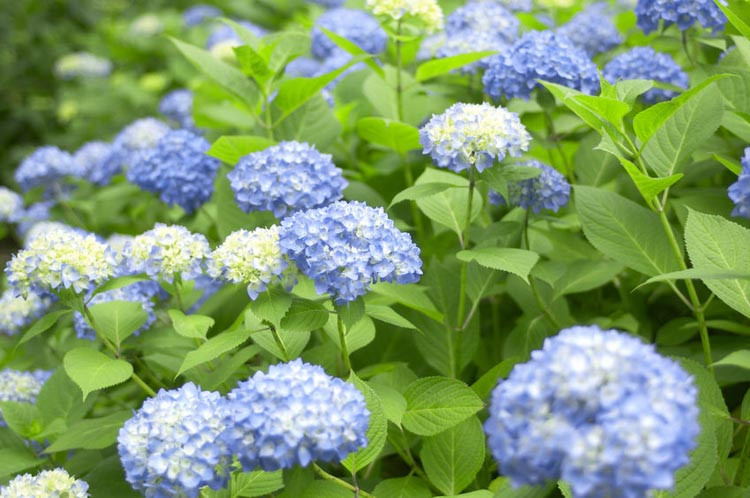Hydrangea
Hydrangea is a genus of flowering plants that belongs to the family Hydrangeaceae. It includes over 70 species of deciduous and evergreen shrubs, as well as a few small trees and vines. They are native to Asia and the Americas, with most species originating in Asia.
Hydrangeas are popular ornamental shrubs prized for their large, showy flower clusters in shades of pink, blue, white, and purple. They are versatile plants that can thrive in a variety of conditions and add beauty to any garden or landscape.
Types of hydrangeas: There are several varieties, including mophead or bigleaf hydrangea, oakleaf hydrangea, smooth hydrangea, and panicle hydrangea. Each type has unique characteristics and growing requirements. Learn how to choose the right one for your garden, and discover wonderful choices by participating in one of the American Hydrangea Society tours.
Hardiness: Most hydrangea plants are hardy in USDA hardiness zones 5-9, with some species able to tolerate even colder temperatures.
Flower color: The flower color of some shrubs can be determined by the soil pH. Acidic soil (pH below 6.0) will produce blue flowers, while alkaline soil (pH above 7.0) will produce pink flowers. Neutral soil (pH 6.0-7.0) will produce white or cream-colored flowers.
Blooming season: Most hydrangeas bloom in the summer in the northern hemisphere, but some species may continue to bloom into the fall.
Uses: Hydrangea flowers are a popular choice for weddings and other special events, as well as for garden landscaping and cut flower arrangements.
Growing conditions: Grow hydrangeas in well-drained soil that is rich in organic matter. They also need regular watering and benefit from mulching to help retain moisture. They grow best in partial shade or filtered sunlight, although some species can tolerate full sun. Provide good air circulation to avoid powdery mildew issues.

